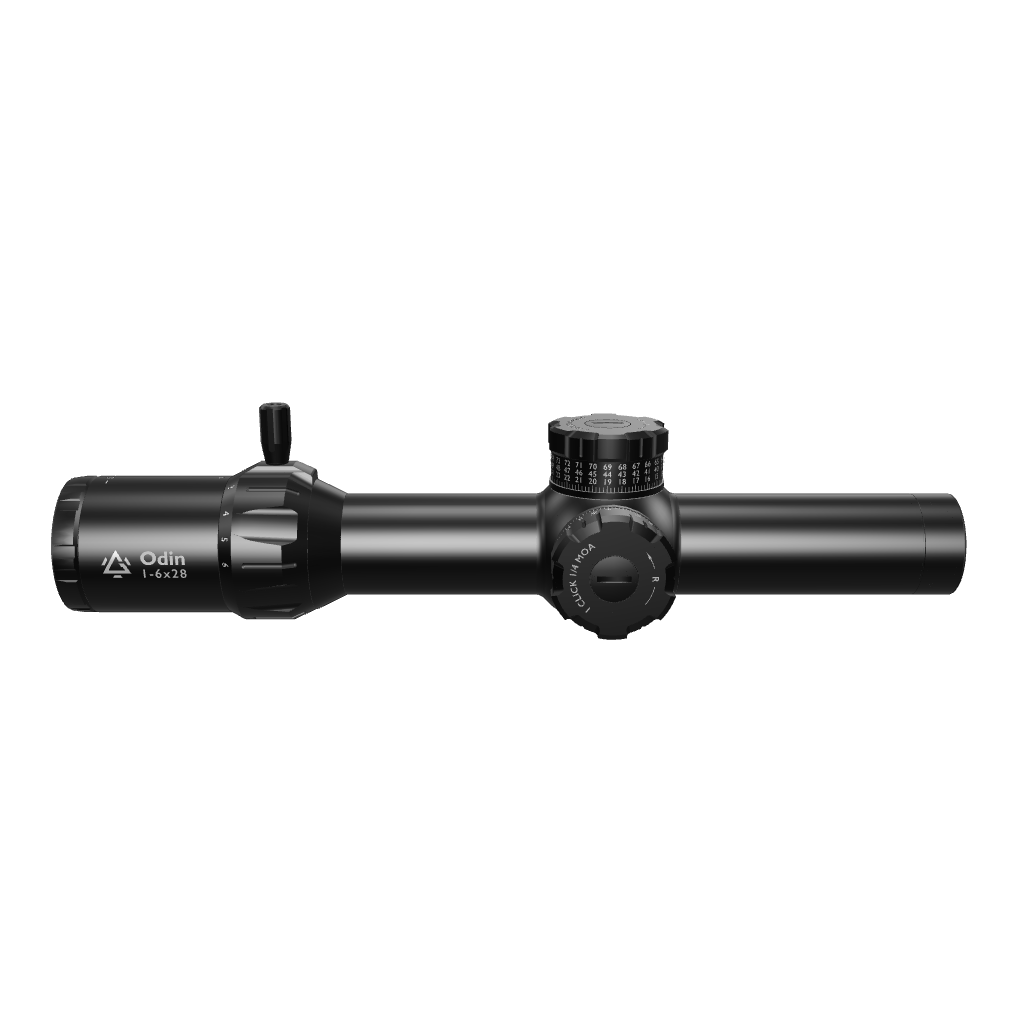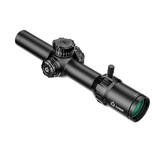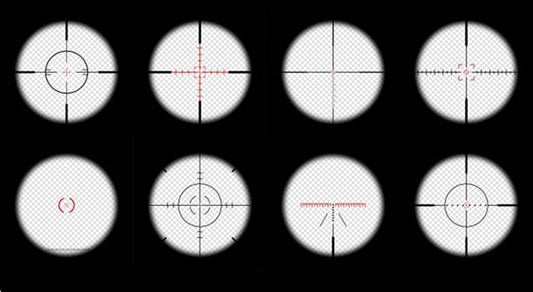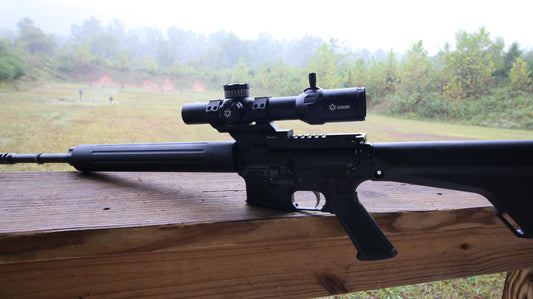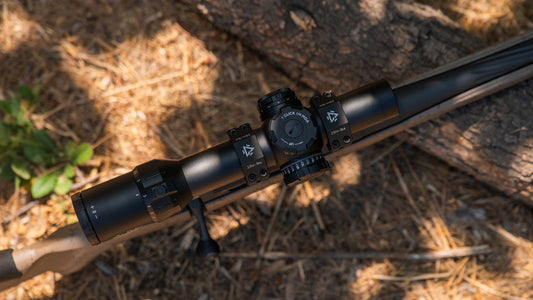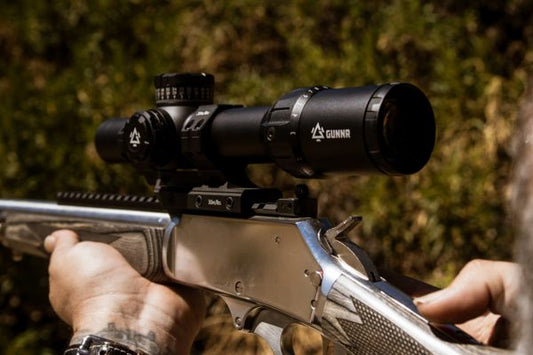Lightweight LPVOs: Why Weight Matters
0 Comments
How to Find the Best LPVO Reticle
0 Comments
Should You Choose a Lightweight LPVO?
0 Comments
Technical Analysis of Field of View (FOV) and Eye Box Forgiveness
0 Comments
30mm vs 35mm: Why Tube Diameter Matters
0 Comments






